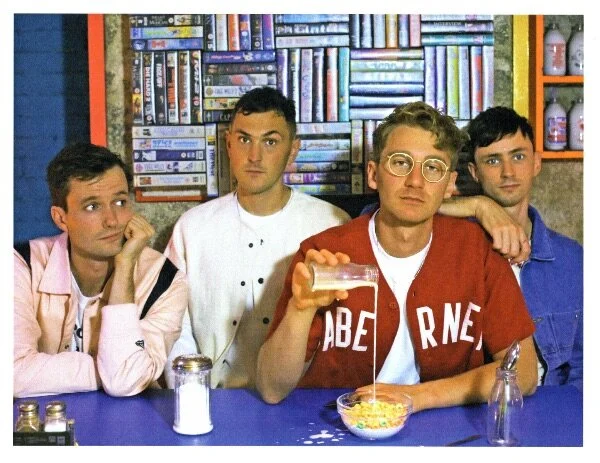Why Labels Are Releasing Mood EPs
Have you ever made your way through your favourite artist’s Spotify profile and thought you’d found a brand new EP, only to realise it’s packed with already released music from their catalogue? It’s a trend that has picked up momentum over the past year.
Eli Enis of Water & Music recently brought ‘mood EPs’ to our attention. They’re a new tactic utilised by artists and their teams and it allows them to redistribute old releases in a way that presents them as new ones to DSPs algorithms. Essentially, they’re playlists organised by theme or mood, released as EPs.
Repackaging releases isn't a new idea in itself, but associating them with specific moods, just like mood-driven playlists, is. Thanks to streaming, repackaging releases in this way can be done with ease.
Some examples include Taylor Swift’s ‘chapters’ EPs, which followed up the ‘folklore’ and 'evermore' albums, Justin Bieber’s ‘R&Bieber’ ‘Work From Home’, ‘Couple Goals’, and Lauv's ~DRIVING VIBES~, ~PARTY VIBES~ and ~LONELY~.
There’s a few reasons why tracks could be good candidates for mood EPs. Maybe they’re tracks that can be rearranged or recontextualised as part of a new EP, or lesser known back catalogue tracks that could have been buried by more successful songs in an extended release.
Whatever the reason, placing a track on a mood EP is an opportunity to breathe new life into it, with the help of algorithmic playlists like Spotify’s Release Radar, where it will be automatically delivered back to existing fans to continue streaming, earning more revenue.
The majority of mood EPs don’t receive a lot of promotion, and if you look at the reactions to Justin Bieber’s ‘Work From Home’ EP announcement, you can see why. A lot of fans mocked the idea, or were pretty disappointed by a lack of new music. Quietly rolling out these EPs allows artists to take advantage of DSP algorithms, while avoiding too much criticism or disappointment from fans. Lauv's team kept the promotional efforts to a minimum, and that approach seems to have worked for them.
It’s a quiet marketing tactic that is picking up traction, and could transform the way we view EPs, so we’ll certainly be keeping an eye out to see who boards the mood EP train next.









Each year we see certain releases find their way back into the spotlight. Often, what they have in common is a reference to a point in time - whether it's a season-inspired release, or a track named after a specific month.